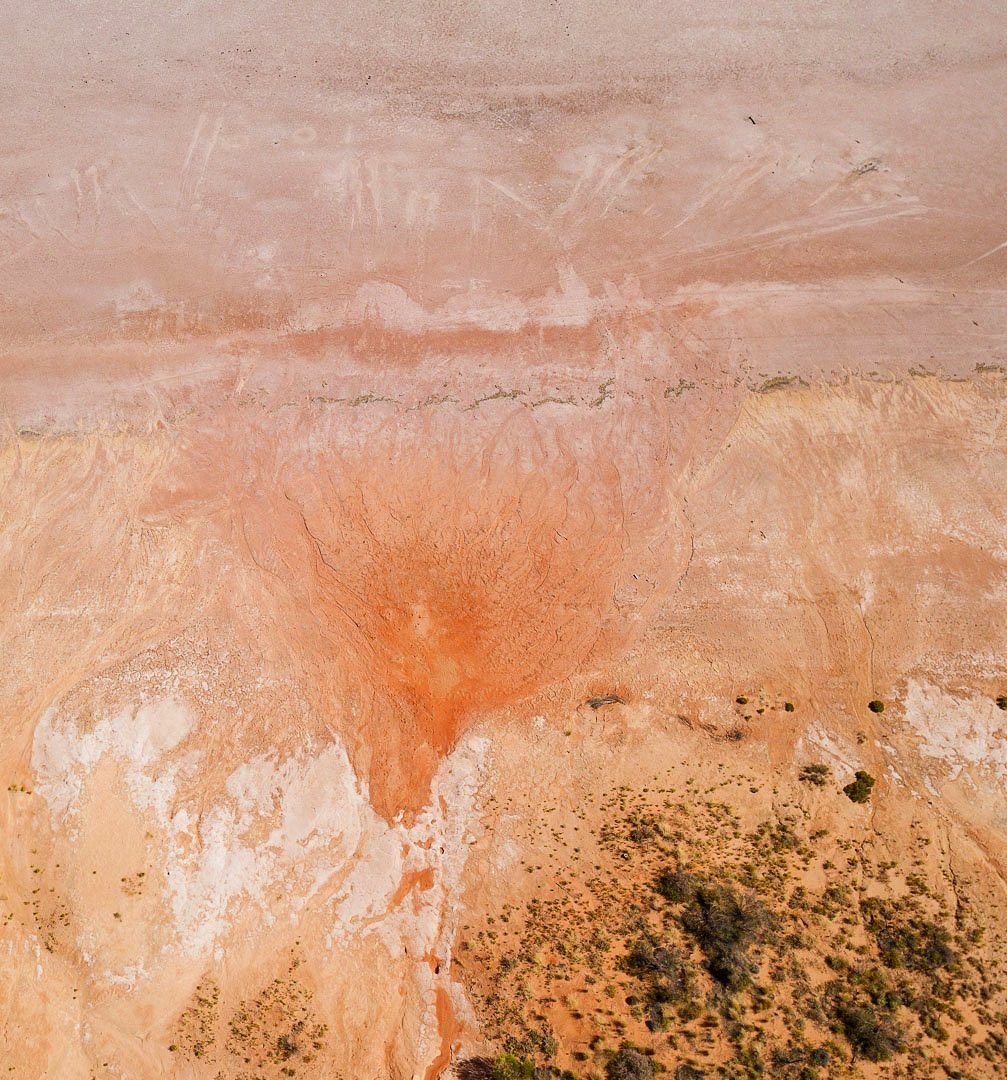Visual communication using rhythm as a composition element is a way of creating a sense of movement, flow, and harmony in a design or artwork. Rhythm can be achieved by repeating, varying, contrasting, or echoing visual elements such as shapes, colors, lines, and textures. Click on any image or painting for more info. They are all linked!
Rhythm can also be influenced by the intervals or spaces between the elements, creating different patterns and effects. Rhythm can help to guide the viewer's eye, draw attention to certain areas, and convey a mood or message.
Five examples of rhythm
1. Regular rhythm: The elements are arranged in a systematic and orderly way, creating a sense of balance and harmony. For example, the geometric abstractions of Piet Mondrian use regular rhythm to create a minimalist and modern aesthetic.
2. Flowing rhythm: The elements are arranged in a smooth and continuous way, creating a sense of movement and fluidity. For example, the swirling brushstrokes of Vincent van Gogh's Starry Night use flowing rhythm to create a dynamic and expressive atmosphere.
3. Progressive rhythm: The elements change gradually in size, shape, color, or direction, creating a sense of growth and development. For example, the concentric circles of Wassily Kandinsky's Several Circles use progressive rhythm to create a sense of depth and complexity.
4. Alternating rhythm: The elements alternate between two or more different types, creating a sense of contrast and variety. For example, the black and white stripes of Bridget Riley's Blaze use alternating rhythm to create a sense of optical illusion and vibration.
5. Random rhythm: The elements are arranged in a random and unpredictable way, creating a sense of chaos and disorder. For example, the splattered paint of Jackson Pollock's Number 1 use random rhythm to create a sense of spontaneity and freedom














